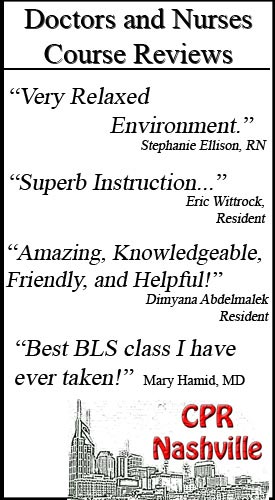The American Psychiatric Association published a manual in 1952 called the Diagnostic and Statistical Manual of Mental Disorders. This manual is still used today as a reference material by healthcare providers and insurance agencies. This manual has been updated many times throughout the years, to stay current on the ever-evolving; understanding of mental disorders. The manual was revised in 1968, and with it came new disorders one of which was described as “hyperactivity” with characteristics described as short attention span and restlessness in children but with no mention of adults. Another revision to the manual came about in 1980, what was once called hyperactivity was now called Attention Deficit Disorder, or as most of the world has come to know it ADD. With the new name came different symptoms Instead of focusing on hyperactivity the focus was on the child’s lack of attention skills. This manual was revised again in 1987 where the focus was on hyperactivity just like it was in 1968 and as we all know it today is now called Attention Deficit/ Hyperactivity Disorder and will be abbreviated throughout this paper as AD/HD.
Between 1987 and 1994 a series of studies were conducted to see if it were possible to have AD/HD without hyperactivity, and it was concluded that a child could have a hard time focusing but show fewer signs of hyperactive personality. As a result of these findings, the Diagnostic and Statistical Manual of Mental Disorders was revised the manual in 1994 to broaden the spectrum of AD/HD. Attention Deficit/ Hyperactivity Disorder is broken up into three sub-categories one being predominantly inattentive presentation which is described as a person who has a hard time finishing one thing, organizational skills are subpar, to say the least, and it might be hard to follow directions or even a conversation. The second category is called predominately hyperactive impulsive presentation these individuals have a hard time standing still, are always up doing something, might cut you off mid-sentence, and young children are known for literally running in circles and bouncing off walls. The third category is a combination of both and is called combined presentation.
In May of 2013, The American Psychiatric Association’s Diagnostic and Statistical Manual revised its findings for a fifth time, this time adding teenagers and adults to people who could potentially be diagnosed with AD/HD. This is interesting because even in 1994 this was a disorder mainly diagnosed in young children. My theory is that children who were diagnosed with ADD or AD/HD between the years of 1980 and 1994 are now adults and in my opinion, this disorder is not something you outgrow. As a person who has suffered from AD/HD since I was in the second grade my only salvation was and still is medication. There are many medications on the market to treat AD/HD which usually contain stimulants like amphetamines. It is hard to pinpoint exactly where AD/HD stems from, in psychology I learned that AD/HD can come from an overactive limbic system or a slow-developing prefrontal cortex, but when reading highly trusted medical websites the main statement is an imbalance of neurotransmitters like dopamine.
I have only skimmed the surface when writing about AD/HD and much more detail is certainly out there on websites and in medical books. So I am going to finish this paper with what I think is important to know about AD/HD. First, although it is hard on a child who suffers from AD/HD it can be almost equally as hard if not more hard on the parent. For several reasons the parents might blame themselves, it is extremely difficult to teach a child with AD/HD who is not on medication, and it’s exhausting. If it was not for my mother getting me the help that I needed I would not have passed the second grade. That being said I can understand a parent’s reluctance to put a child on medication but I think it is the best option if your child has AD/HD. And finally, I want to make it clear that AD/HD does not limit a human being from being anything they set their mind to. These are people who can be highly creative individuals; they can run their own companies, write books, act in theater, teach, be in Congress and on top of all that they just might have enough energy to run a marathon.
References
http://www.pbs.org/wgbh/pages/frontline/shows/medicating/adhd/diagnostic.html
http://www.cdc.gov/ncbddd/adhd
http://www.nlm.nih.gov/medlineplus/attentiondeficithyperactivitydisorder.html#cat3





